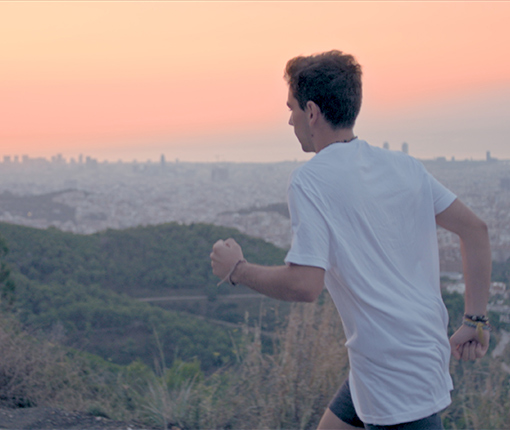Sports medicine
Sports involves both traumatic and overuse injuries. Traumatic injuries are caused by the actions of the same sport, so contact sports are more prone to these injuries. While overuse injuries can occur in any type of sport and are related to the quantity and quality of sports practice time.
Sports injuries can occur in different structures
Muscle: They are the motor part of the limbs and that serve to produce joint movement. Injuries are usually caused indirectly by pulling and treatment is basically about performing eccentric stretching and muscle work.

Tendons: these are the structures that bind muscles to the bones and serve as a transmission of muscle strength. Injuries are usually caused by overuse, with stretch prevention being the best treatment.
Joint injuries. Inside the joints we find different structures that can be injured:
Joint cartilage: It is the tissue that serves primarily so that there is no friction in the joint movement. Your injury or deterioration leads to joint degeneration or osteoarthritis. It can be traumatically affected or suffers from diseases such as desiccant osteochondritis.
Meniscus-labrum: These are the structures that are located between the joint surfaces and their fundamental mission is to dampen the joint forces and increase the congruence of the joint. Your injury causes joint pain, blockages and joint fluid production. In meniscal surgery it is essential to preserve as much as possible as the lack of meniscus or labrum can trigger the degeneration of the joint cartilage.
Ligaments: Ligaments are the structures that have as their fundamental mission to help give stability to the joints. An unsolved ligament injury will cause joint instability and eventually deterioration of joint cartilage and osteoarthritis. There are ligaments that by their function are fundamental to be able to develop pivot activities as in football, highlighting the anterior cruciate ligament of the knee, which in the athlete needs its surgical repair in order to continue the sports practice. Other ligaments such as the medial collateral ligament of the knee or the lateral collateral ligament currently do not require surgery and with the application of PRP (platelet-rich plasma), immobilization and correct physiotherapy excellent results are achieved.
Synovial: Synovial is the tissue that coats the entire joint and that its inflammation involves an overproduction of synovial fluid known as joint effusion. It can be affected by trauma, associated with other joint pathologies or rheumatic diseases such as gout or arthritis.